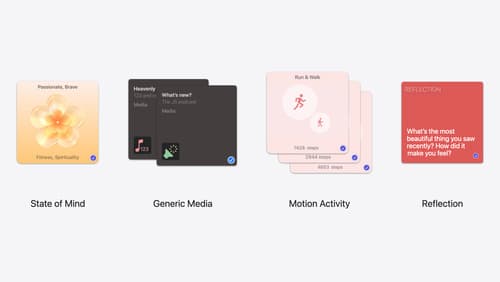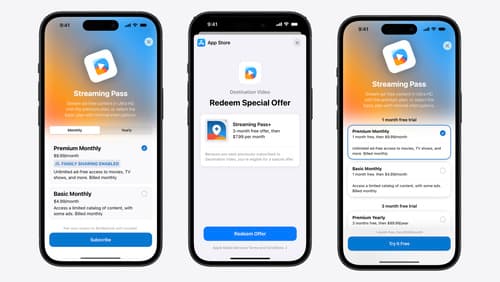How can I improve my API design?
Asked on 2024-09-06
1 search
To improve your API design, you can consider the following best practices based on the content presented at WWDC:
-
Documentation and Entitlements: When designing APIs, especially for enterprise applications, ensure you have comprehensive documentation. This helps developers understand how to use the APIs effectively. Additionally, validate the use case for eligibility and apply for the appropriate entitlements. This is particularly important for APIs that require specific permissions or access, such as those for visionOS. For more details, you can refer to the session Introducing enterprise APIs for visionOS.
-
User Control and Privacy: Design your APIs to respect user privacy and give users control over what data they share. For example, in the context of journaling apps, users should be able to choose what content they share with your application. This approach not only respects user privacy but also enhances user trust. For more insights, see the session Enhanced suggestions for your journaling app.
-
Efficient Data Access: When dealing with data-heavy applications, such as financial apps, use efficient data access strategies. Instead of requesting complete data snapshots, use long-running queries to process only the latest updates. This reduces the amount of data your app needs to handle and improves performance. For more information, check out the session Meet FinanceKit.
-
API Structure and Hierarchy: Organize your API structure in a way that is intuitive and flexible. For instance, when dealing with subscription options, use a hierarchy that allows for grouping and inline groups. This makes the API more powerful and easier to use. For further details, refer to the session What’s new in StoreKit and In-App Purchase.
By following these guidelines, you can create APIs that are robust, user-friendly, and efficient, ultimately leading to better application performance and user satisfaction.

Meet FinanceKit
Learn how FinanceKit lets your financial management apps seamlessly and securely share on-device data from Apple Cash, Apple Card, and more, with user consent and control. Find out how to request one-time and ongoing access to accounts, transactions, and balances — and how to build great experiences for iOS and iPadOS.

Enhanced suggestions for your journaling app
Find out how your journaling app can display journaling suggestions with richer content from the system. Explore new types of available content like state of mind data, reflection prompts, and support for third-party media content and motion-based activities.

What’s new in StoreKit and In-App Purchase
Learn how to build and deliver even better purchase experiences using the App Store In-App Purchase system. We’ll demo new StoreKit views control styles and new APIs to improve your subscription customization, discuss new fields for transaction-level information, and explore new testability in Xcode. We’ll also review an important StoreKit deprecation.
